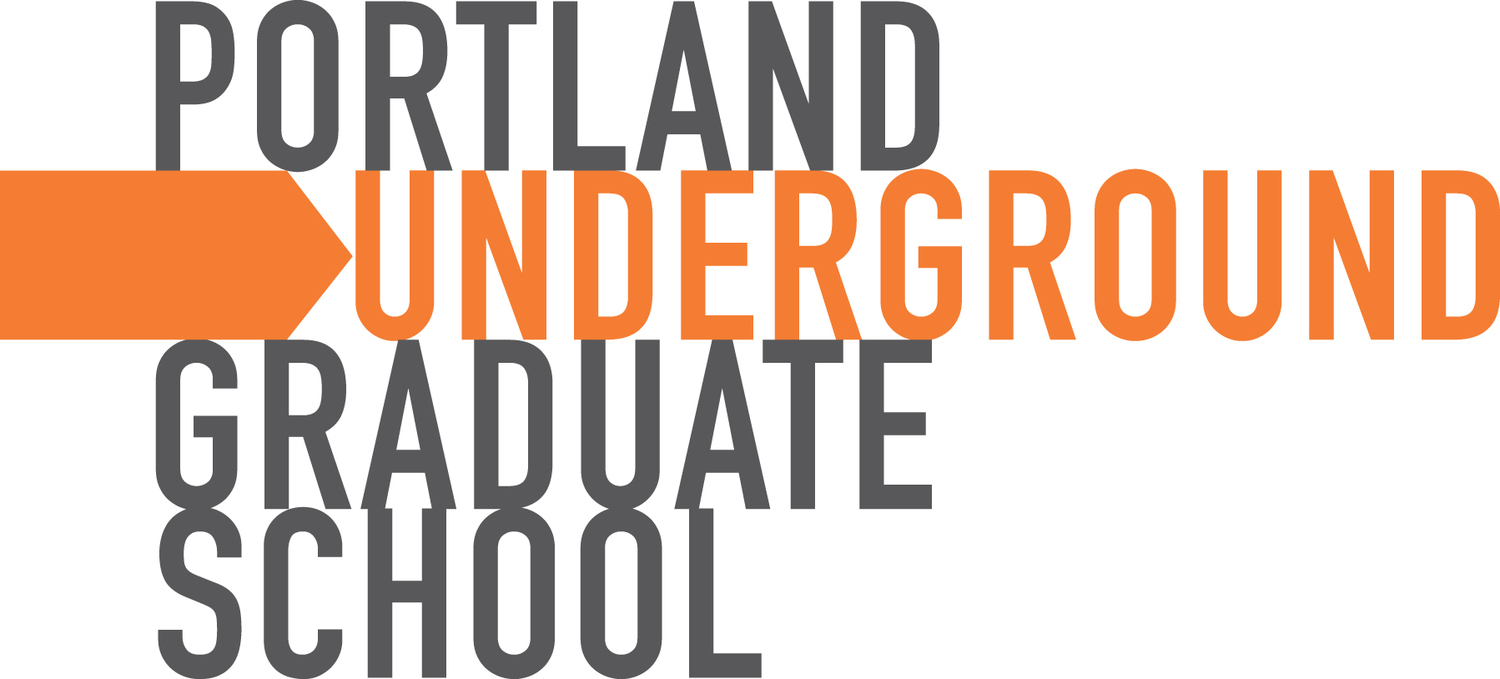The Most Important Number in the World
/Do you know your savings rate?
Your savings rate is the percentage of income you don't spend that you put away for retirement, emergency expenses, and rainy-day savings. It's the money you're paying to your future self. You know, the person who's probably not going to be working from ages 65 to 85.
In 1981, the average American saved 10.9% of their post-tax income. Readers of this blog and Financial Freedom alumni will recognize this chart, which shows how many years it takes to reach financial independence based on savings rate:
With a 10% savings rate, you work 45 years, say from ages 20 to 65, and have enough money to sustain your life in retirement.
Do you know what the savings rate is today? (Here's a hint!) As of November 2017, the average savings rate is 2.9%. Now look at the chart above again. With a 2.9% savings rate, people will never retire, or when they do retire, they will not have enough money to survive.
Don't count on Social Security filling the gap, either. In 2029, it runs out of the surplus we've built for decades and will only pay out at 71% of current levels. That's roughly $1,200 a month, though that number will vary depending on your individual circumstances.
What's perhaps scariest about a 2.9% savings rate is that we're in the midst of an eight-year economic boom, one of the longest post-war economic expansions in our history. Unemployment is at a historic low. So what happens when we hit a recession and people lose their jobs? For most of us, it won't be pretty.
That's why your personal savings rate is actually your most important financial number. You should be planning your entire finances around it.
In the FIRE (Financial Independence, Retire Early) world, there's a saying: "Pay yourself first." It means that any time you get a paycheck, you budget for your personal savings rate before you spend a single penny. Before you pay rent, buy groceries, or go out to eat, you put money aside for your future self.
Most people do the reverse. They budget for housing, food, entertainment, and everything else, then leave the rest to savings. You see the problem with that already: it's very easy NOT to pay yourself at all. So principle #1: Pay yourself before you pay everyone else.
Paying yourself first requires a complete shift in perspective: prioritizing investing into your future self. But the side benefit is more security and peace of mind in the present. From the Atlantic:
"A 2014 Bankrate survey, echoing the Fed’s data, found that only 38 percent of Americans would cover a $1,000 emergency-room visit or $500 car repair with money they’d saved. Two reports published last year by the Pew Charitable Trusts found, respectively, that 55 percent of households didn’t have enough liquid savings to replace a month’s worth of lost income, and that of the 56 percent of people who said they’d worried about their finances in the previous year, 71 percent were concerned about having enough money to cover everyday expenses. A similar study conducted by Annamaria Lusardi of George Washington University, Peter Tufano of Oxford, and Daniel Schneider, then of Princeton, asked individuals whether they could 'come up with' $2,000 within 30 days for an unanticipated expense. They found that slightly more than one-quarter could not, and another 19 percent could do so only if they pawned possessions or took out payday loans. The conclusion: Nearly half of American adults are 'financially fragile' and 'living very close to the financial edge.'”
A healthy personal savings rate moves you away from that ledge. It's buying peace of mind in the present while buying your freedom and security in the future.
In my course Financial Freedom 1 Online, we talk more about savings rates and the core principles you need to follow to achieve financial independence. The next cohort runs February 1 to March 31.
Do you know your personal savings rate?


